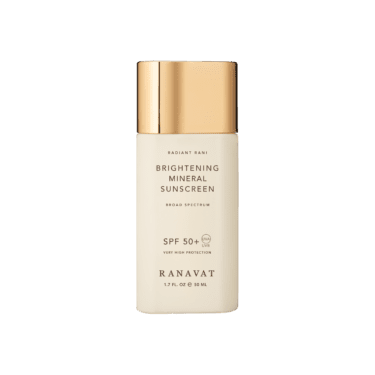Driving is not just a daily activity, it’s also a source of sun exposure that can have long-term effects on your skin. Experts warn that UV rays coming through car windows can lead to visible damage, especially on the left side of your face.
Featured Experts
- Dr. Karan Lal – Board-Certified Dermatologist in Phoenix
- Dr. David Schlessinger – Board-Certified Oculoplastic Surgeon in Woodbury, NY
- Dr. Janine Hopkins – Board-Certified Dermatologist in Monroe, LA
“I see more sun damage on the driver’s side compared to the other side of the face. It’s shocking,” says Dr. Karan Lal, a dermatologist in Scottsdale, AZ. “You’ll notice brown spots, red patches, fine lines, and even skin cancer. The combination of UV exposure, heat, and lack of UV protection from side mirrors is a recipe for disaster.”
While windshields block UVB rays that cause sunburn, UVA rays can still penetrate side and rear windows, leading to deeper damage like premature aging and skin cancer.
“I’ve seen patients with pronounced sun damage on the left side of their face, neck, and arms just from daily driving,” says Dr. David Schlessinger from Woodbury, NY. “This kind of damage accumulates slowly but significantly. The left side reveals the story.”
How Sun Damage Accumulates
Experts note that it’s common to see uneven sun damage on patients who spend years driving. “I see more melasma and skin cancer on the driver’s side,” says Dr. Lal. “Especially in men who drive frequently. Many of these patients are unaware of the damage until it becomes noticeable.”
“I’ve had patients come in with more wrinkles, hyperpigmentation, and pre-cancers on the left side,” adds Dr. Janine Hopkins from Monroe, LA. “Pilots are at higher risk due to prolonged UV exposure at high altitudes, leading to increased skin cancer risk.”
Studies support these observations, according to Dr. Schlessinger. “There’s a documented higher rate of skin cancer on the left side of the face in the U.S. Our Visia skin analysis machine shows more brown spots, wrinkles, and long-term sun damage on the driver’s side.”
What You Can Do
Dr. Lal recommends wearing broad-spectrum sunscreen daily, even for short drives. “Tinted windows help, but they’re not perfect. I always suggest sunscreen and a good antioxidant like vitamin C or E underneath.”
Dr. Schlessinger suggests using mineral sunscreens with zinc or titanium formulas that can withstand heat. “Tinted sunscreens with iron oxides are great for pigmentation issues.”
Dr. Hopkins advises keeping a UPF jacket or sleeve in your car to protect your arms. “Putting it on before driving can make a significant difference.”
“Many people are surprised to learn that their daily drive is aging their face,” Dr. Hopkins adds. “But with awareness, they can make changes that benefit their skin.”
New Daily SPFs to Try
To ensure a seamless integration into WordPress, it is important to preserve the original HTML tags, images, HTML header, and key points of the content. By maintaining these elements, the transition to a WordPress platform will be smooth and the overall design and functionality of the website will be preserved.
When rewriting the content, it is important to keep in mind the structure and formatting of the original HTML code. This includes ensuring that all tags are properly closed, images are correctly linked, and the HTML header is maintained. By doing so, the content will be displayed correctly on the WordPress platform and will maintain its original look and feel.
In addition to preserving the HTML elements, it is also important to ensure that the key points of the content are retained. This may involve rephrasing certain sentences or paragraphs to better fit the WordPress platform, but the overall message and information should remain the same.
By following these guidelines and paying attention to detail, the content can be seamlessly integrated into a WordPress platform while preserving the original HTML tags, images, HTML header, and key points. This will result in a consistent and professional-looking website that is both visually appealing and user-friendly. text in a clearer way:
Rewrite the text to make it easier to understand:
Original text: “The project will commence once all stakeholders have provided their input and the necessary resources have been allocated.”
Rewritten text: “The project will start once all stakeholders have given their input and the required resources have been assigned.”


